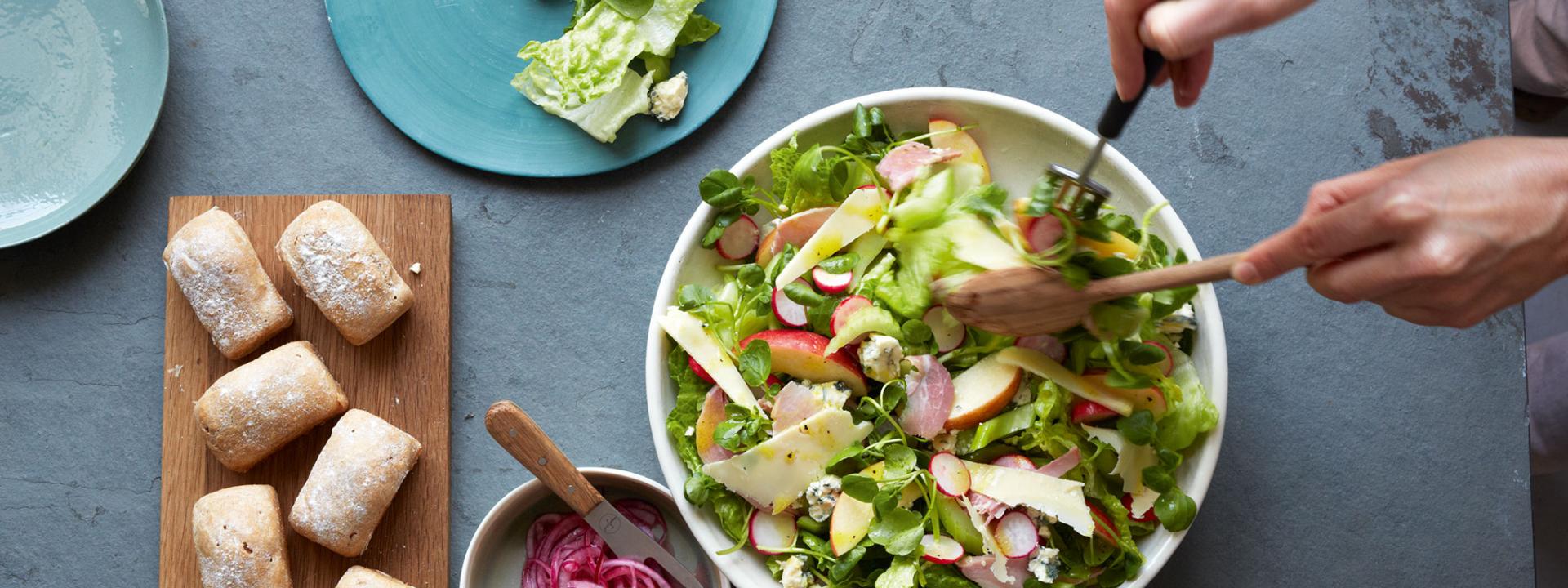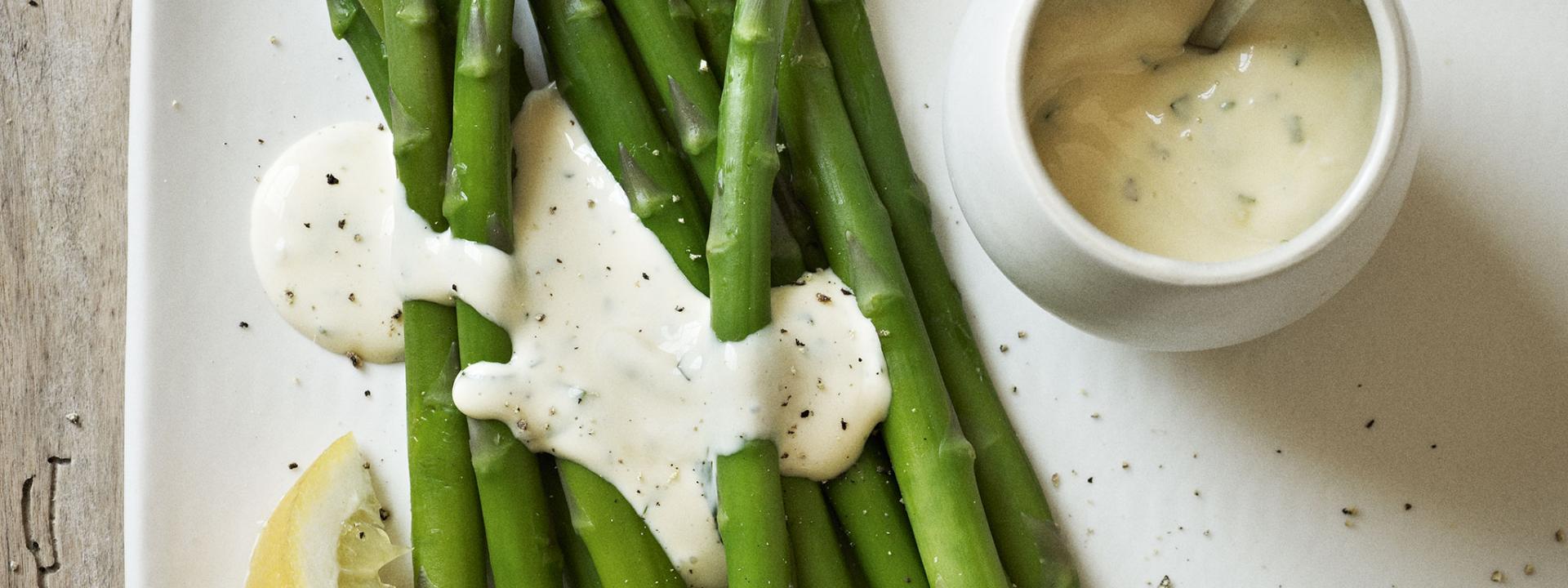
Ingredients
For the dough
-6 oz. (1-1/3 cups) unbleached all-purpose flour; more as needed
-1/8 tsp. table salt
-2 Tbs. vegetable oil; more as needed
-1/2 tsp. cider vinegar
For the filling
-10 oz. (1-1/4 cups) farmer cheese
-2-3/4 cups fine fresh breadcrumbs
-1/2 cup whole milk
-4 oz. (8 Tbs.) unsalted butter, softened
-6 Tbs. granulated sugar
-1 tsp. finely grated lemon zest (from 1/2 medium)
-1/2 tsp. pure vanilla extract
-3 large eggs, separated and at room temperature
-1/2 cup sour cream
-1/2 cup golden raisins
For assembly and serving
-2-1/2 oz. (5 Tbs.) unsalted butter, melted
-Confectioners’ sugar (optional)
Directions
Make the dough
Put the flour and salt in a stand mixer fitted with the paddle attachment. Mix the oil, vinegar, and 7 Tbs. water in a measuring cup. With the mixer on low speed, add the liquid to the bowl and mix to form a soft dough that cleans the sides of the bowl. If the dough seems stiff, add a bit more water, 1 Tbs. at a time; if it’s too loose, add more flour, 1 Tbs. at a time.
Switch to the dough hook. Knead the dough on medium-low speed until a slightly sticky ball of dough with a somewhat ragged surface forms, about 5 minutes. Transfer the dough to an unfloured work surface. Knead by hand, occasionally picking up the dough and forcefully throwing it down onto the surface, until it’s smooth, elastic, and tacky like a Post-it note, 1 to 2 minutes. If it is too sticky to knead, lightly sprinkle flour on it as you work.
Gather the dough into a ball, put it on a plate, and lightly oil the top of the dough. Cover tightly with plastic and let rest at room temperature for at least 30 and up to 90 minutes; the longer, the better. The dough will be tender and not at all sticky after resting.
Make the filling
Heat 3 Tbs. of the butter in a 12-inch skillet over medium-high heat. Add 1-1/2 cups of the breadcrumbs and cook, stirring often, until golden, about 3 minutes. Transfer to a plate and set aside to cool completely.
Using a silicone spatula, work the cheese through a medium-mesh sieve into a medium bowl. Stir the remaining 1-1/4 cups breadcrumbs and the milk in another medium bowl.
Beat the remaining 5 Tbs. butter in a large bowl with a hand-held electric mixer on medium-high speed until creamy, about 1 minute. Add the sugar, zest, and vanilla and beat until light in color and texture, about 2 minutes. Add the egg yolks, one at a time, beating until combined before adding another. Add the cheese, breadcrumbs, and sour cream, beating until combined.
In another medium bowl with clean beaters, beat the egg whites on high speed until stiff peaks form, about 3 minutes. Stir about a quarter of the whites into the cheese mixture, then fold in the remaining whites. Fold in the raisins.
Stretch the dough
Position a rack in the center of the oven and heat the oven to 400°F. Line a large rimmed baking sheet with parchment.
Choose a work area that you can walk around on at least 3 sides, such as a rectangular table, the end of your kitchen island, or another work surface that’s about 2x3 feet. Cover with a patterned cotton or polyester tablecloth. Dust the cloth generously with flour and rub the flour into the cloth. Lightly flour the dough on all sides. Set the dough in the center of the surface and use a floured rolling pin to roll it as thin as you can, about 21 inches round, moving the dough occasionally to make sure it isn’t sticking to the cloth.
Lightly flour your hands and forearms. Pick up the dough by an edge. Let gravity and the weight of the dough help stretch it as it hangs from your fingers, then use the back of your hands to gently pull and stretch the dough. As the dough stretches, use your forearms to support it.
When the dough becomes too large to hold, place it on the work surface, leaving an edge of the dough hanging over one edge of the table. Slip your hands underneath the dough and use the back of your hands to gently stretch and pull it, easing it even thinner (as if gently fluffing a bedsheet). Continue pulling and stretching, moving around the work surface as necessary, until it is tissue thin and about 2 feet wide and 3 feet long (including the thin overhanging dough); you should be able to clearly see the tablecloth pattern through the dough . Don’t worry about a few small holes, as they won’t be noticeable when the strudel is rolled. Using scissors, trim away and discard the thicker edges of the dough. Immediately proceed with assembling the strudel so the dough doesn’t dry out.
Assemble and bake the strudel
Using a silicone pastry brush or your hands and working quickly, spread about 3 Tbs. of the melted butter over the dough. Sprinkle the toasted breadcrumbs evenly over the dough, then spoon the cheese filling in a 6-inch-wide strip about 3 inches from a short edge of the dough.
Using the tablecloth as an aid, fold the short end of the dough onto the filling. Continue to roll the strudel over, using the cloth , to the end of the dough. Lift the strudel (be brave; it’s sturdier than you think) and transfer it to the prepared sheet, curving it into a gentle U shape to fit. Tuck the dough ends under the strudel and gently shape the filling so it’s even inside the pastry. Brush the dough with the remaining melted butter, leaving any milk solids in the bottom of the pan.
Bake, rotating the sheet halfway through, until deep golden brown, about 30 minutes. Slide the strudel and parchment onto a cooling rack and cool for at least 30 minutes before using a serrated knife to cut thick slices; it’s best served within an hour or two of baking. Dust with confectioners’ sugar, if using, and serve warm.







